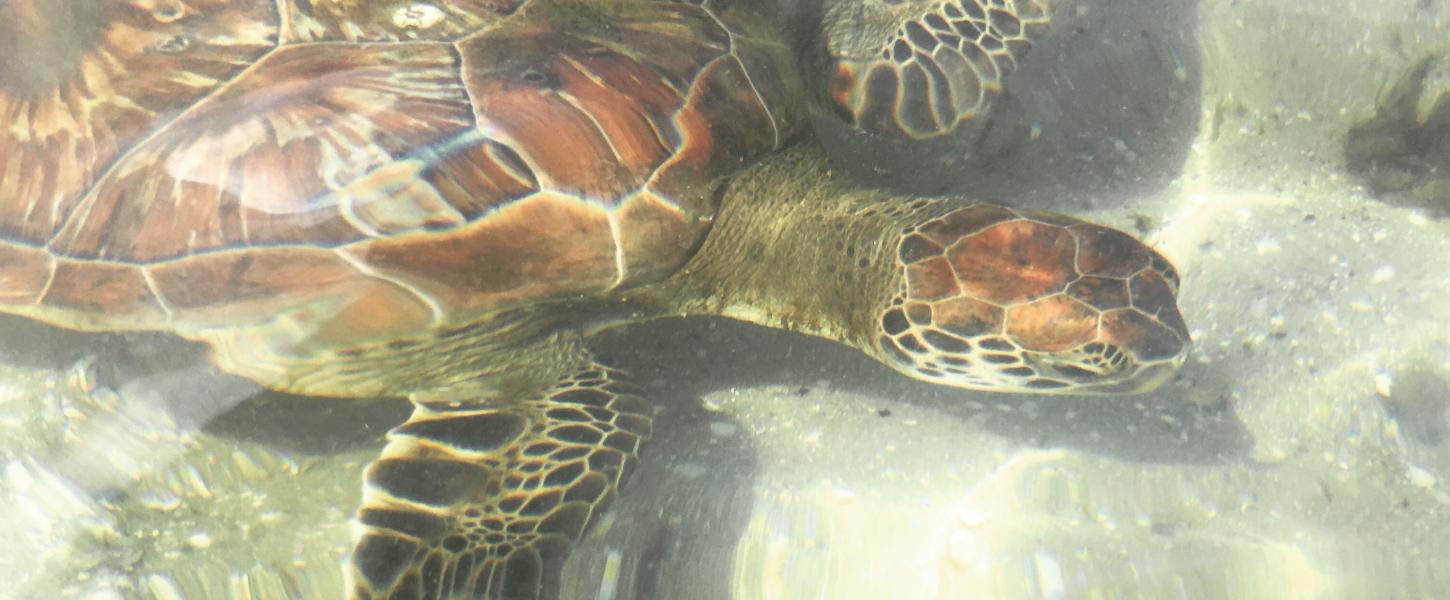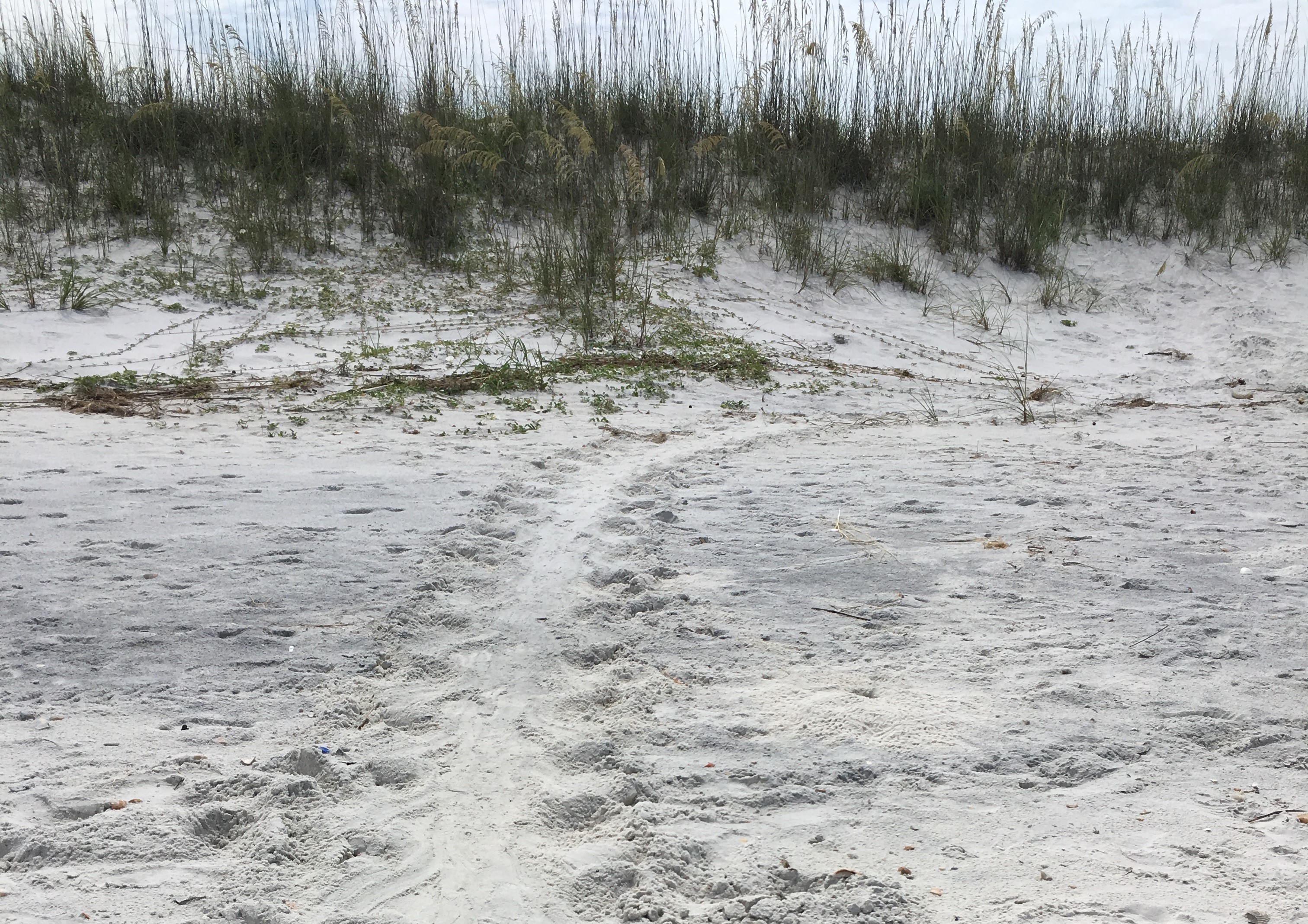
Sea turtles at Perdido Key


Perdido Key State Park is made up mostly of the coastal strand natural community that lies between two heavily developed areas along the Gulf Coast between the Florida state line and the Gulf Islands National Seashore.
Perdido Key welcomes multiple species of sea turtles that choose the area as their nesting sites but not all species can be found nesting each year. The most common species to utilize the beaches of Perdido Key State Park is the loggerhead (Caretta caretta). Loggerhead sea turtles begin showing up at Perdido Key in late March or early May on into August where the females lay their eggs in nests along the beach. Although less frequently, the green turtle (Chelonia mydas), the Kemp’s ridley (Lepidochelys kempi) and the hawksbill (Eretmochelys imbricate) have also been recorded laying nests in Perdido Key State Park.

Sea turtles are air breathing, live for many decades and can grow to 100 to 2,000 pounds depending on the species. Their nest size depends on the maturity of the female and can range from approximately 30 to 150 eggs that take approximately two months to incubate before the babies hatch and make their first trip into the sea. Males will never return to shore but the females will return when they reach sexual maturity at an approximate age range of 20 to 50 years old in order to lay eggs.
There are myriad factors that play into the success of the nest ranging from beach debris such as lawn chairs, coolers and tents to the temperature of the sand in which the nests are placed and even the occurrence of hurricanes or tropical storms. Once the young sea turtles hatch they are then faced with the presence of artificial light that can fatally lure the hatchlings away from the sea and into the secondary sand dunes, neighboring hotel pool and in some cases the highway.